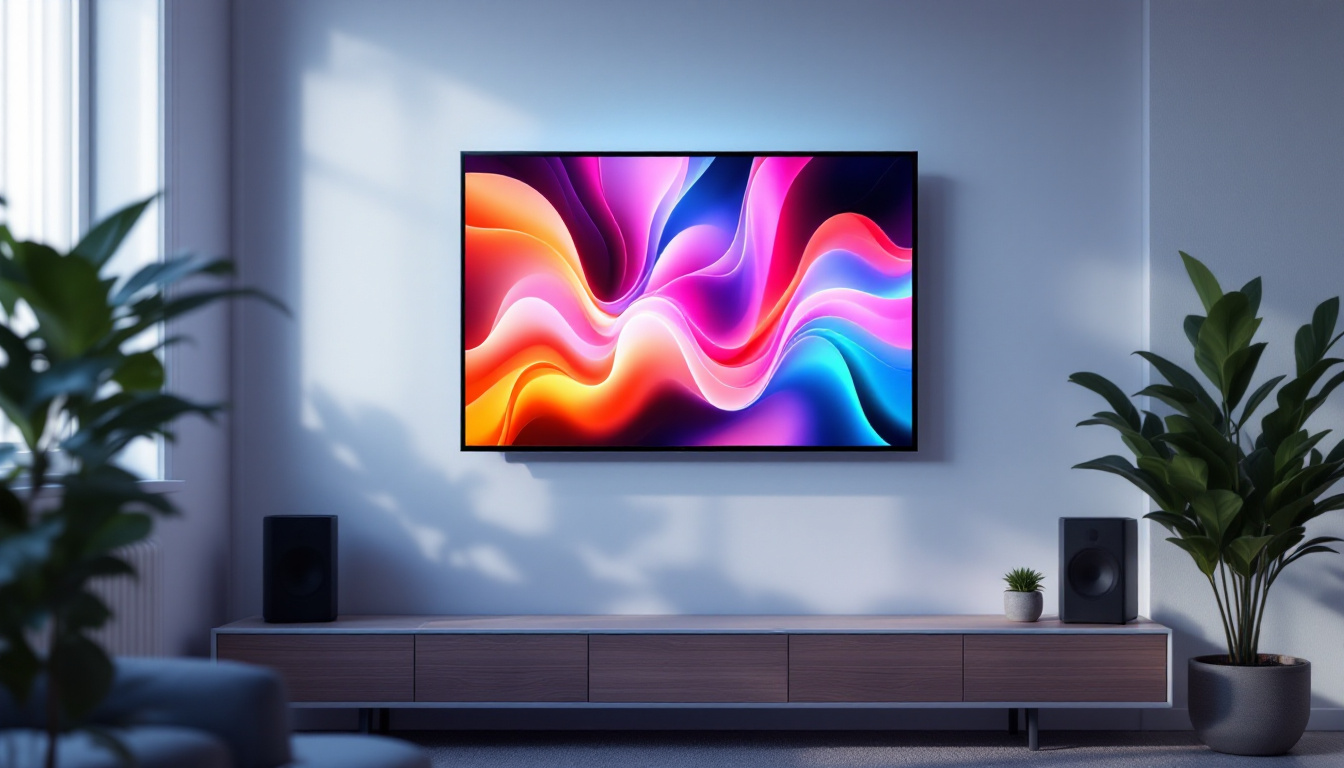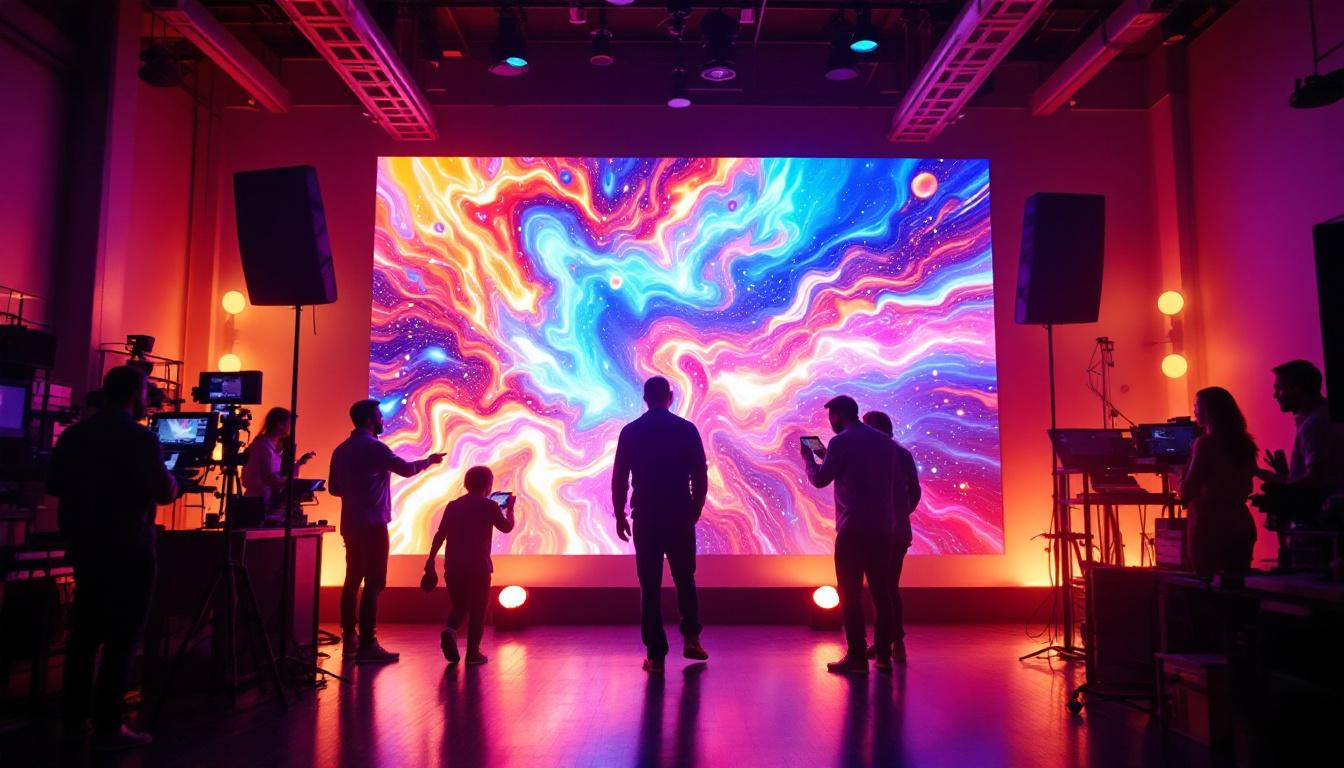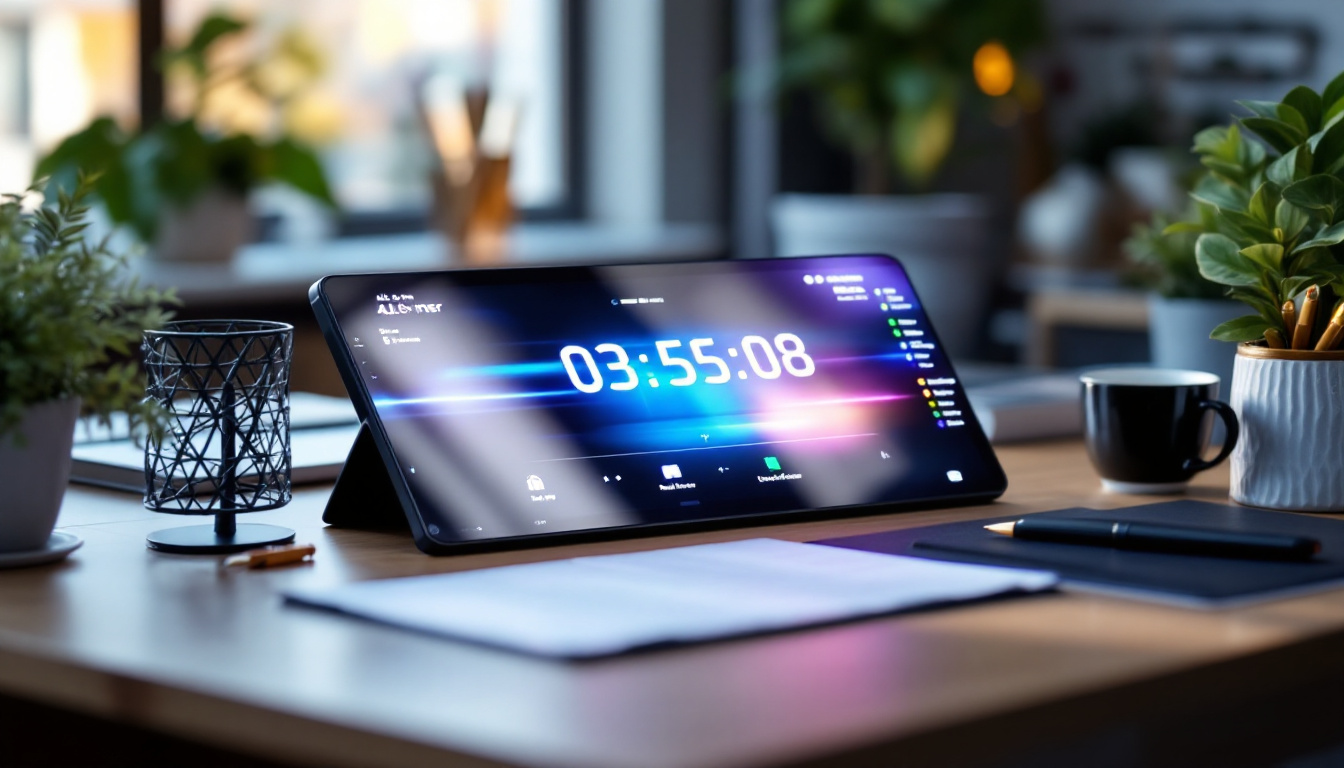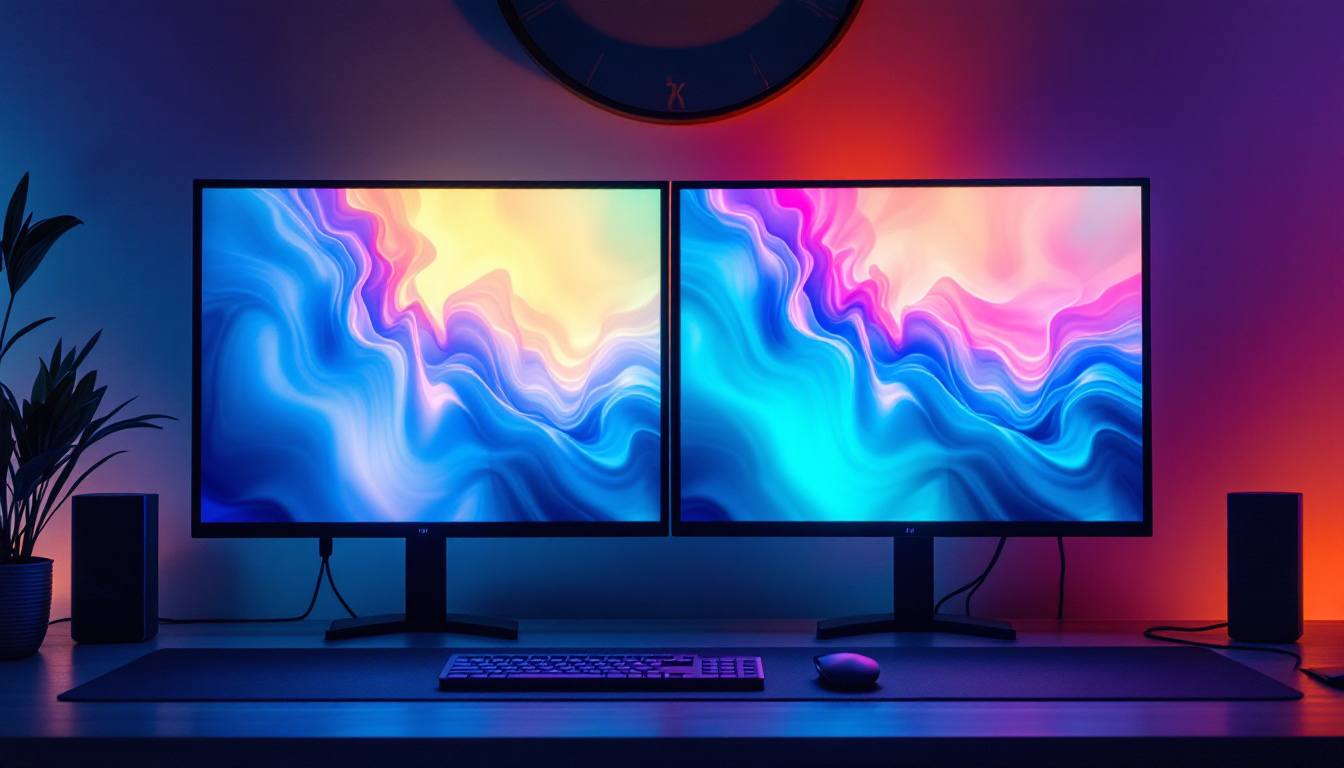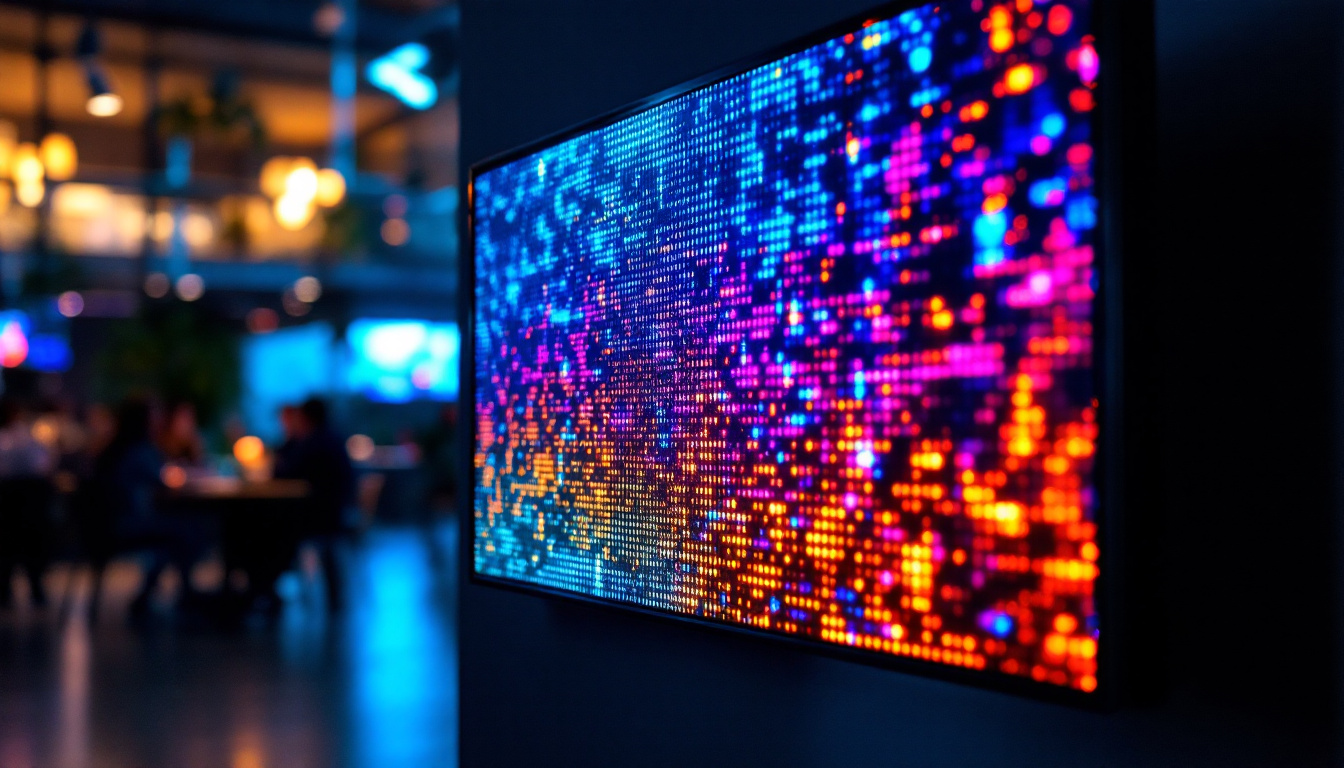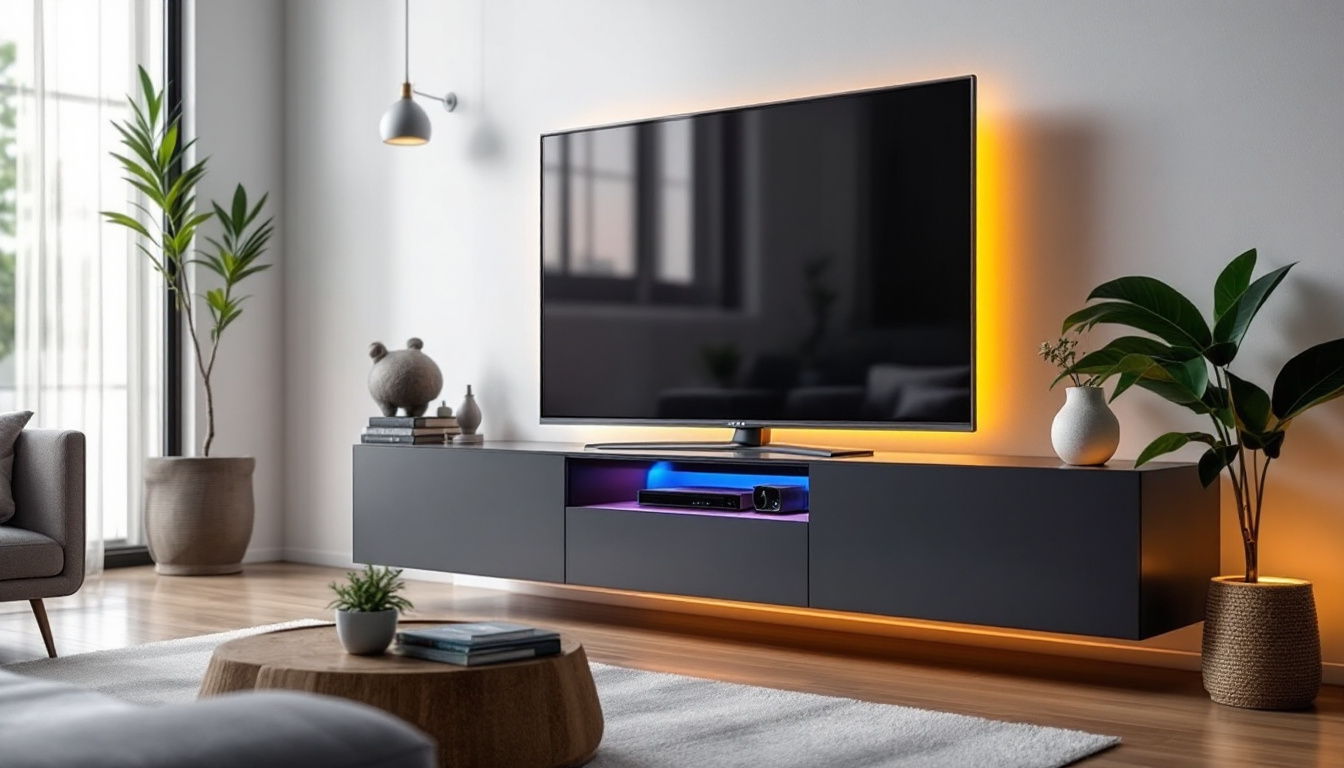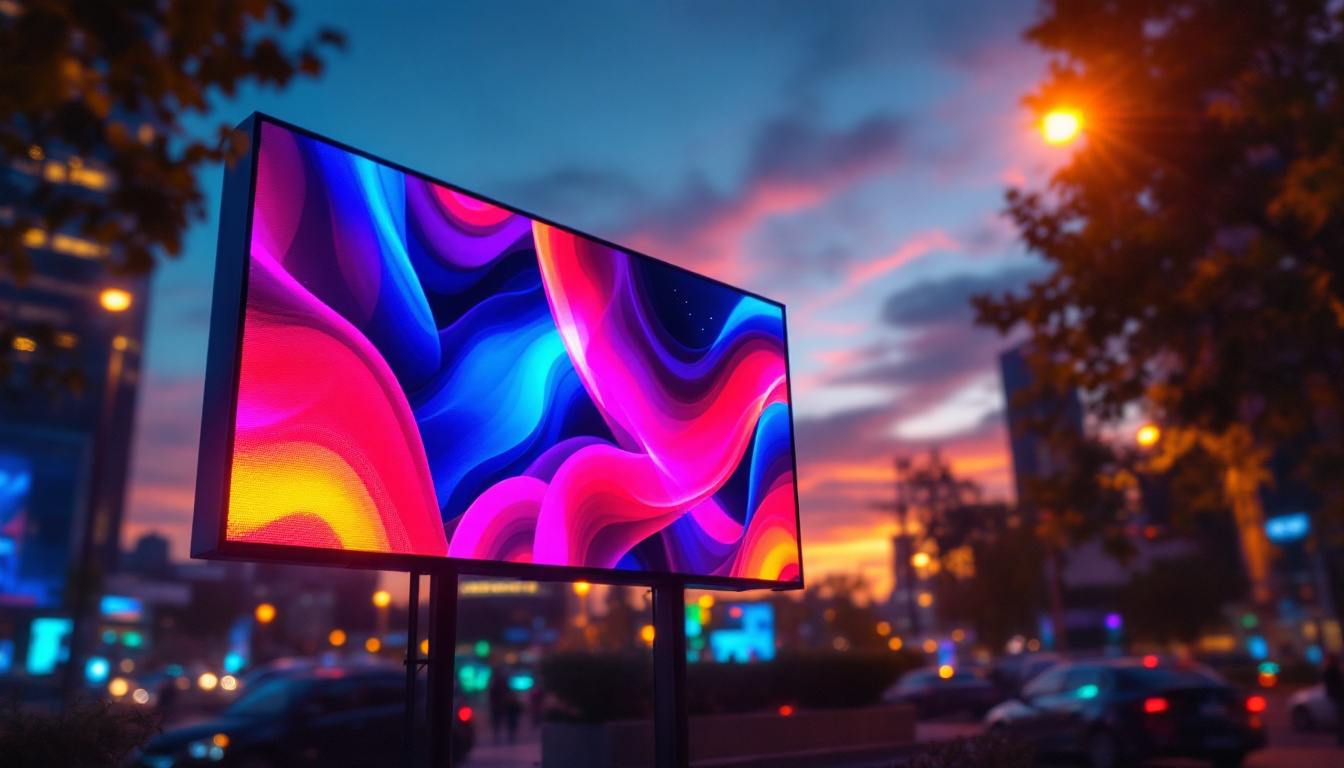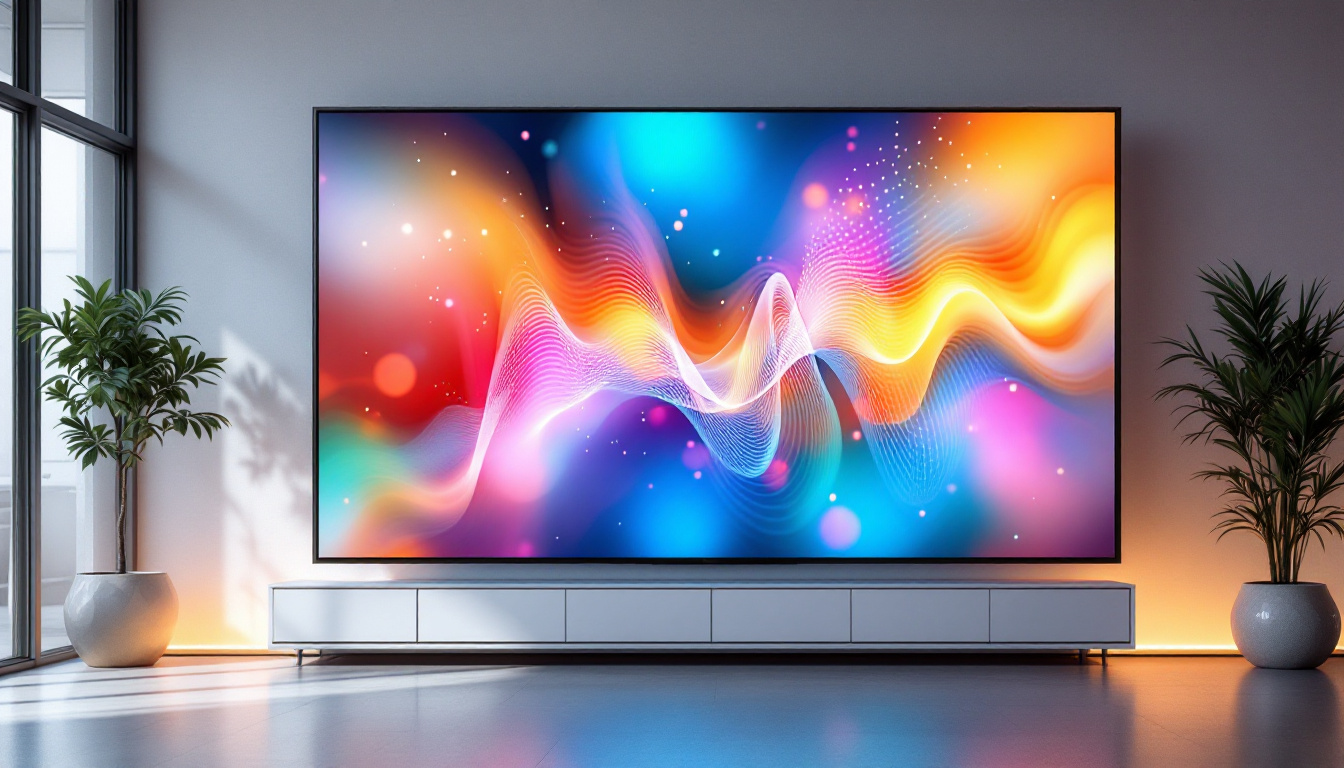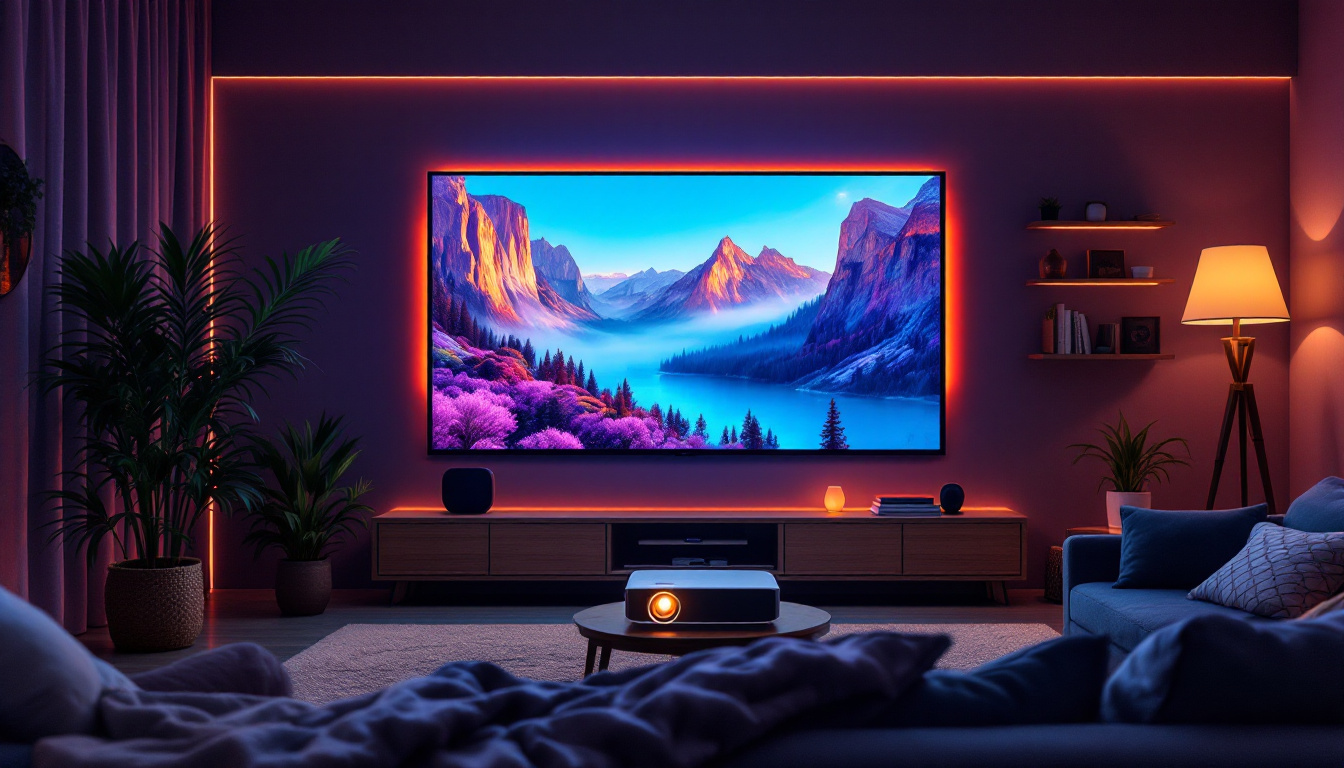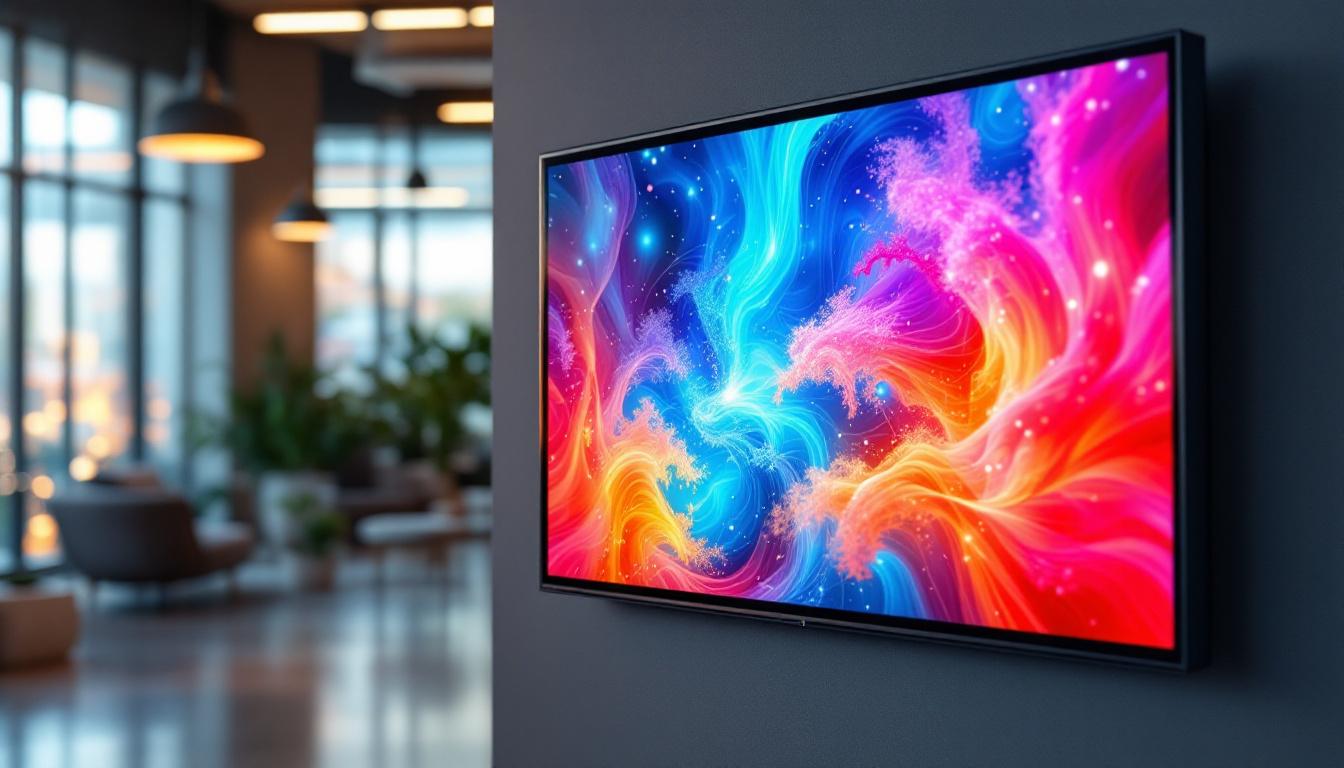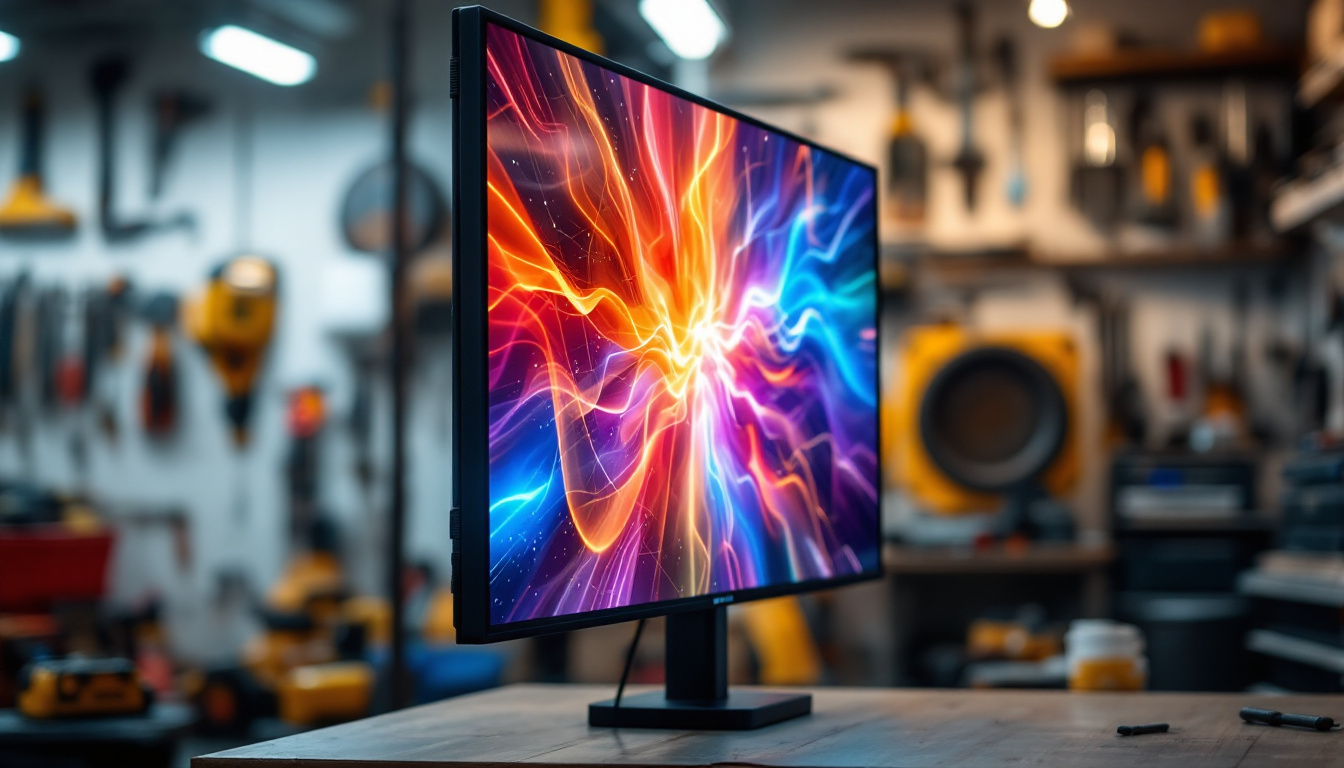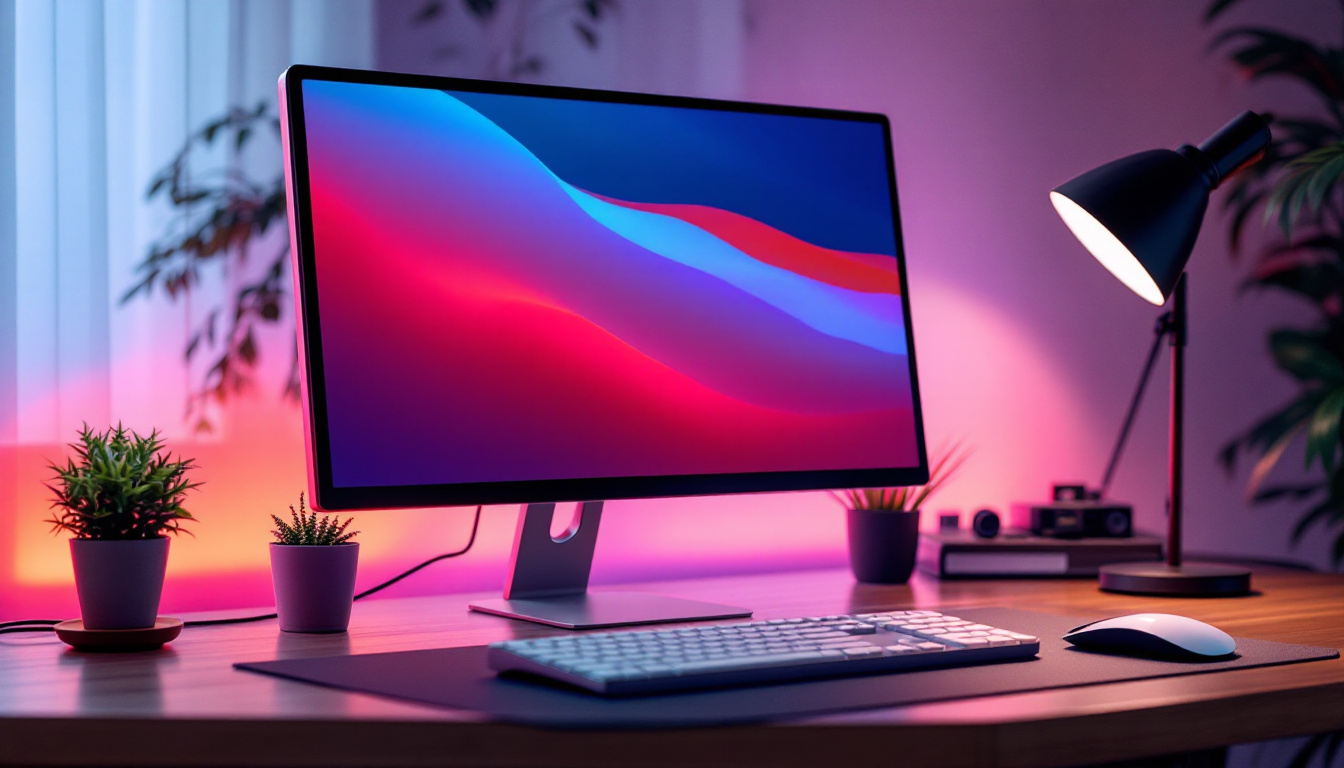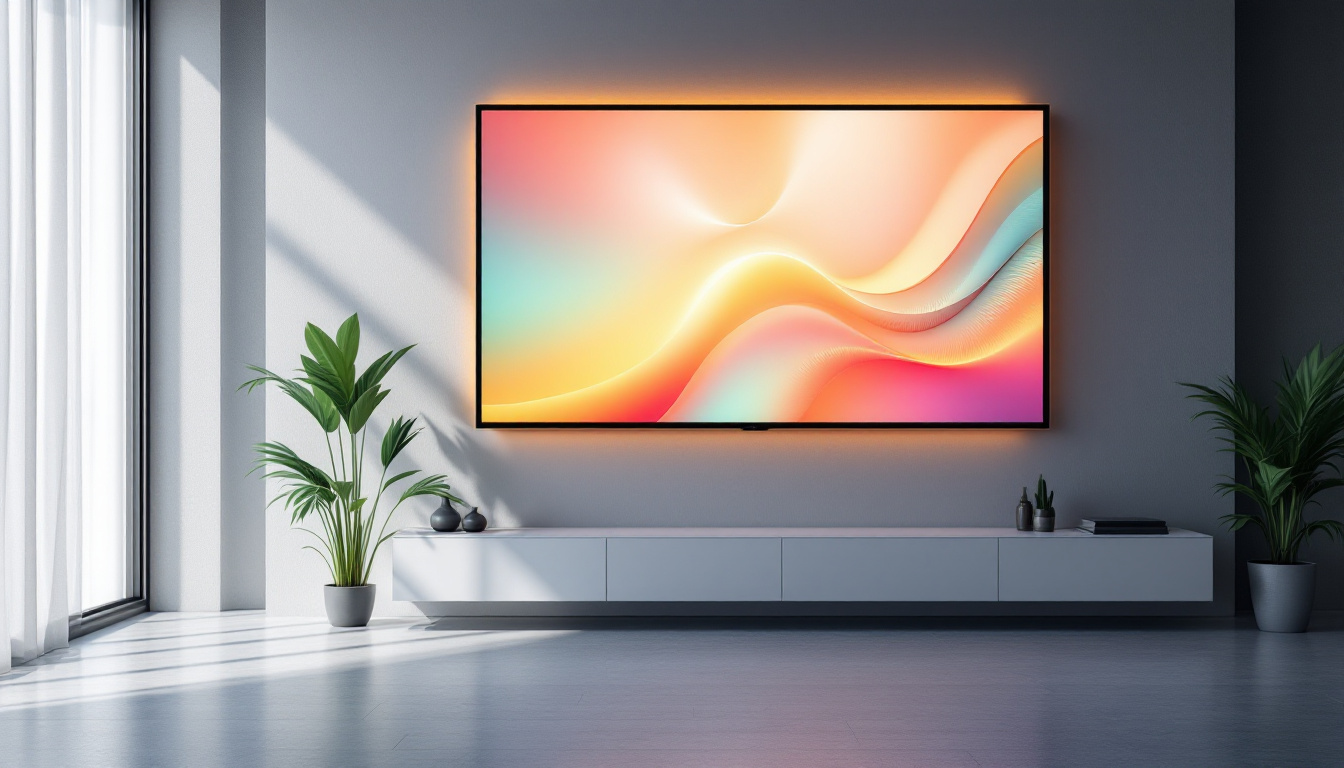In an era where technology continues to evolve at an unprecedented pace, the integration of touch screen monitors with traditional computing devices has become increasingly popular. For Mac users, the idea of utilizing a touch screen monitor can open up a new realm of possibilities, enhancing productivity and user experience. This article delves into the concept of touch screen monitors for Mac, focusing on LED display technology, its advantages, and how it can transform the way users interact with their devices.
Understanding Touch Screen Technology
Touch screen technology has come a long way since its inception. Originally designed for specialized applications, it has now permeated various consumer electronics, including smartphones, tablets, and computers. The integration of touch screens into Mac systems represents a significant shift in user interaction.
Types of Touch Screen Technology
There are several types of touch screen technologies available today, each with its unique characteristics and applications. The most common types include resistive, capacitive, and optical touch screens. Capacitive touch screens, which are prevalent in modern devices, utilize the electrical properties of the human body to detect touch. This technology allows for multi-touch capabilities, enabling users to perform gestures such as pinch-to-zoom and swipe.
Resistive touch screens, on the other hand, rely on pressure to register input. While they are generally less sensitive than capacitive screens, they can be used with a stylus or gloved hands, making them suitable for specific environments. Optical touch screens use cameras to detect touch, offering high accuracy and responsiveness. Understanding these technologies is essential for selecting the right touch screen monitor for a Mac.
Benefits of Touch Screen Monitors
Integrating a touch screen monitor with a Mac can significantly enhance the user experience. One of the primary benefits is the intuitive nature of touch interaction. Users can navigate applications, manipulate content, and execute commands with simple gestures, making the computing experience more fluid and engaging.
Moreover, touch screens can improve productivity, especially in creative fields such as graphic design and video editing. The ability to draw directly on the screen or manipulate objects with touch can streamline workflows and foster creativity. Additionally, touch screen monitors can facilitate collaboration, allowing multiple users to interact with the same screen simultaneously, which is particularly beneficial in educational and professional settings.
Another compelling advantage of touch screen technology is its accessibility. For users with mobility impairments, touch screens can provide a more manageable interface compared to traditional mouse and keyboard setups. Features such as voice commands and on-screen keyboards can further enhance usability, making technology more inclusive. Furthermore, touch screens often come equipped with customizable settings, allowing users to adjust sensitivity and response times to suit their individual needs, thereby personalizing their interaction with the device.
As technology continues to evolve, the applications of touch screens are expanding into new areas, including virtual reality and augmented reality environments. These advancements promise to create even more immersive experiences, blending the digital and physical worlds in ways that were previously unimaginable. The ongoing development of haptic feedback technology also aims to enhance touch interactions by providing tactile sensations, further enriching the user experience and making digital interactions feel more tangible.
LED Display Technology Explained
LED (Light Emitting Diode) display technology has revolutionized the way screens are designed and manufactured. Unlike traditional LCD screens that use fluorescent backlighting, LED displays utilize an array of tiny diodes to produce light. This results in brighter images, improved color accuracy, and enhanced energy efficiency.
How LED Displays Work
LED displays function by using a matrix of light-emitting diodes to create images. Each pixel on the screen is made up of red, green, and blue diodes, which can be combined in various intensities to produce a wide range of colors. This technology allows for deeper blacks and brighter whites, enhancing the overall visual experience.
Furthermore, LED displays can be categorized into two main types: edge-lit and full-array. Edge-lit displays use LEDs positioned along the edges of the screen, while full-array displays have a grid of LEDs behind the entire panel. Full-array technology typically offers better contrast and uniformity, making it a preferred choice for high-end monitors.
Advantages of LED Displays
LED displays come with numerous advantages that make them an appealing choice for touch screen monitors. One of the most significant benefits is their superior energy efficiency. LED technology consumes less power compared to traditional displays, which can lead to cost savings over time.
Additionally, LED displays are known for their longevity. With a lifespan that can exceed 50,000 hours, users can expect their monitors to last for years without significant degradation in quality. The durability of LED screens also makes them less prone to screen burn-in, a common issue with older display technologies.
Choosing the Right Touch Screen Monitor for Mac
When considering a touch screen monitor for a Mac, several factors should be taken into account to ensure compatibility and optimal performance. From screen size to resolution, each aspect can significantly impact the overall experience.
Screen Size and Resolution
The screen size of a touch screen monitor plays a critical role in usability. Larger screens provide more real estate for multitasking, while smaller screens may be more portable. For Mac users, a monitor size between 24 to 32 inches is often ideal, striking a balance between usability and desk space.
Resolution is another essential factor. Higher resolutions, such as 4K, offer sharper images and greater detail, which is particularly beneficial for graphic design and video editing. A monitor with a resolution of at least 1080p is recommended for general use, while professionals may prefer 4K displays for their superior clarity.
Compatibility and Connectivity
Compatibility is crucial when selecting a touch screen monitor for a Mac. Most modern monitors connect via USB-C or Thunderbolt, which are standard ports on newer Mac models. It’s essential to ensure that the chosen monitor supports these connections to avoid compatibility issues.
Additionally, consider the available connectivity options. Monitors with multiple HDMI and DisplayPort inputs allow for greater flexibility, enabling users to connect various devices without constantly switching cables. This feature is particularly useful in multi-device setups.
Setting Up a Touch Screen Monitor with Mac
Once the right touch screen monitor has been selected, setting it up with a Mac is relatively straightforward. The following steps outline the process to ensure a seamless integration.
Connecting the Monitor
Begin by connecting the touch screen monitor to the Mac using the appropriate cable. If the monitor supports USB-C or Thunderbolt, use a compatible cable to connect it directly. For monitors with HDMI or DisplayPort, an adapter may be necessary.
Once connected, power on the monitor. The Mac should automatically detect the new display. If it doesn’t, navigate to the “System Preferences” and select “Displays” to manually configure the settings. Adjust the resolution and orientation as needed to optimize the viewing experience.
Calibrating Touch Input
After the monitor is connected and configured, the next step is to calibrate the touch input. Most touch screen monitors come with calibration software that guides users through the process. This ensures that touch gestures are accurately recognized and that the monitor responds effectively to user input.
Calibration typically involves touching specific points on the screen to align the touch input with the display. Following the on-screen instructions will help achieve optimal performance, allowing users to fully leverage the capabilities of the touch screen.
Applications of Touch Screen Monitors with Mac
The versatility of touch screen monitors opens up a myriad of applications across various fields. From creative industries to business environments, the potential uses are extensive.
Creative Industries
In creative fields such as graphic design, video editing, and digital art, touch screen monitors provide an intuitive interface that enhances productivity. Designers can draw directly on the screen, manipulate images with precision, and navigate software tools effortlessly. This tactile interaction fosters a more engaging creative process, allowing artists to bring their visions to life with greater ease.
Moreover, touch screens can facilitate collaboration during creative projects. Multiple users can interact with the same screen, making it easier to share ideas and provide feedback in real-time. This collaborative environment can lead to more innovative solutions and improved project outcomes.
Business and Education
In business settings, touch screen monitors can enhance presentations and meetings. The ability to interact with content directly on the screen allows for more dynamic presentations, enabling presenters to highlight key points and engage their audience effectively. Furthermore, touch screens can simplify data entry and analysis, streamlining workflows and increasing efficiency.
In educational environments, touch screen monitors can transform traditional teaching methods. interactive lessons can captivate students’ attention, making learning more engaging and effective. Educators can utilize touch screens to display multimedia content, conduct interactive quizzes, and facilitate group discussions, fostering a collaborative learning atmosphere.
Conclusion
The integration of touch screen monitors with Mac systems represents a significant advancement in user interaction and productivity. With the advantages of LED display technology, touch screens offer a dynamic and intuitive experience that can enhance various applications, from creative endeavors to business environments.
As technology continues to evolve, the possibilities for touch screen monitors are boundless. By understanding the various types of touch screen technology, the benefits of LED displays, and how to choose and set up a monitor, users can make informed decisions that elevate their computing experience.
In a world where efficiency and creativity are paramount, embracing touch screen technology can lead to new heights of productivity and innovation. Whether for personal use or professional applications, a Mac with a touch screen monitor can truly transform the way users interact with their digital world.
Discover the Future of Touch Screen Displays with LumenMatrix
Ready to elevate your Mac experience with the latest in touch screen technology? Look no further than LumenMatrix, a pioneer in LED display innovation. Our extensive range of solutions, from Indoor and Outdoor LED Wall Displays to specialized options like Vehicle and Sports LED Displays, is designed to bring your digital interactions to life. Whether you’re looking to enhance your creative workspace, boost your business’s brand visibility, or create immersive educational environments, LumenMatrix has the cutting-edge technology to meet your needs. Check out LumenMatrix LED Display Solutions today and step into a world where visual communication is redefined.





